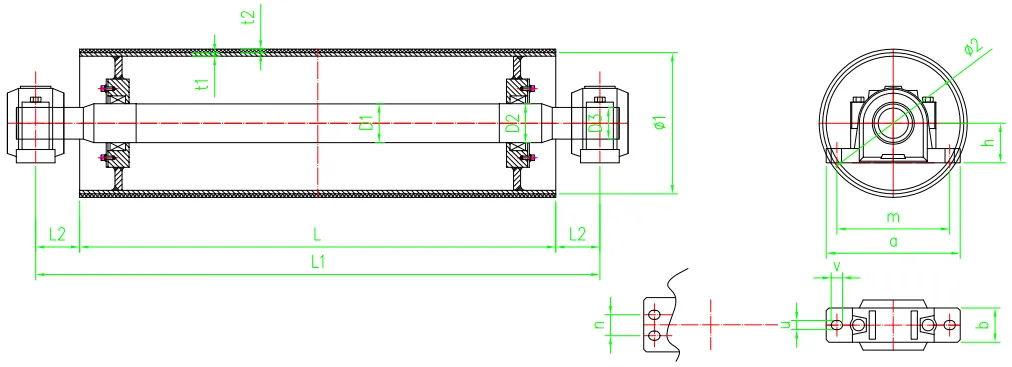 Afrikaans
Afrikaans  Albanian
Albanian  Amharic
Amharic  Arabic
Arabic  Armenian
Armenian  Azerbaijani
Azerbaijani  Basque
Basque  Belarusian
Belarusian  Bengali
Bengali  Bosnian
Bosnian  Bulgarian
Bulgarian  Catalan
Catalan  Cebuano
Cebuano  Corsican
Corsican  Croatian
Croatian  Czech
Czech  Danish
Danish  Dutch
Dutch  English
English  Esperanto
Esperanto  Estonian
Estonian  Finnish
Finnish  French
French  Frisian
Frisian  Galician
Galician  Georgian
Georgian  German
German  Greek
Greek  Gujarati
Gujarati  Haitian Creole
Haitian Creole  hausa
hausa  hawaiian
hawaiian  Hebrew
Hebrew  Hindi
Hindi  Miao
Miao  Hungarian
Hungarian  Icelandic
Icelandic  igbo
igbo  Indonesian
Indonesian  irish
irish  Italian
Italian  Japanese
Japanese  Javanese
Javanese  Kannada
Kannada  kazakh
kazakh  Khmer
Khmer  Rwandese
Rwandese  Korean
Korean  Kurdish
Kurdish  Kyrgyz
Kyrgyz  Lao
Lao  Latin
Latin  Latvian
Latvian  Lithuanian
Lithuanian  Luxembourgish
Luxembourgish  Macedonian
Macedonian  Malgashi
Malgashi  Malay
Malay  Malayalam
Malayalam  Maltese
Maltese  Maori
Maori  Marathi
Marathi  Mongolian
Mongolian  Myanmar
Myanmar  Nepali
Nepali  Norwegian
Norwegian  Norwegian
Norwegian  Occitan
Occitan  Pashto
Pashto  Persian
Persian  Polish
Polish  Portuguese
Portuguese  Punjabi
Punjabi  Romanian
Romanian  Russian
Russian  Samoan
Samoan  Scottish Gaelic
Scottish Gaelic  Serbian
Serbian  Sesotho
Sesotho  Shona
Shona  Sindhi
Sindhi  Sinhala
Sinhala  Slovak
Slovak  Slovenian
Slovenian  Somali
Somali  Spanish
Spanish  Sundanese
Sundanese  Swahili
Swahili  Swedish
Swedish  Tagalog
Tagalog  Tajik
Tajik  Tamil
Tamil  Tatar
Tatar  Telugu
Telugu  Thai
Thai  Turkish
Turkish  Turkmen
Turkmen  Ukrainian
Ukrainian  Urdu
Urdu  Uighur
Uighur  Uzbek
Uzbek  Vietnamese
Vietnamese  Welsh
Welsh  Bantu
Bantu  Yiddish
Yiddish  Yoruba
Yoruba  Zulu
Zulu types of pulleys in belt conveyor
Types of Pulleys in Belt Conveyors
Belt conveyors are an essential component of material handling systems across various industries, providing efficient and reliable transportation of goods. Central to their operation are pulleys, which play a critical role in driving the belt and supporting its structure. Understanding the different types of pulleys used in belt conveyors is vital for optimizing performance and ensuring longevity.
1. Drive Pulleys
Drive pulleys are key components in a belt conveyor system. They are responsible for providing the motion to the belt through a motor. In this type of pulley, a shaft is connected to an electric motor, which rotates the pulley and, subsequently, the belt. Drive pulleys can be categorized into two types crowned and flat. Crowned drive pulleys have a slight curvature, which helps to keep the belt centered during operation. This design minimizes belt misalignment and reduces wear and tear, enhancing both efficiency and lifespan.
Idler pulleys support the belt along its path, maintaining tension and providing stability. These pulleys do not drive the belt but are essential for holding it in place and preventing sagging. Idler pulleys can be classified into several types, including return idlers, which support the underside of the belt, and troughing idlers, which help form the belt into a U shape for improved material containment. Proper maintenance of idler pulleys is crucial, as worn or misaligned idlers can lead to increased friction, belt wear, and ultimately, system failure.
types of pulleys in belt conveyor

3. Tail Pulleys
Tail pulleys are located at the discharge end of a belt conveyor system. Their primary function is to facilitate the unloading of materials from the belt. Tail pulleys can also serve as tensioning devices, helping to maintain optimal belt tension during operation. Commonly, tail pulleys are designed to be smooth, enabling materials to easily slide off. Additionally, some tail pulleys may incorporate features such as rubber lagging to increase traction and reduce slippage.
4. Drum Pulleys
Drum pulleys are designed with a larger circumference and are often used in applications where high torque and power transmission are required. These pulleys provide a higher grip on the belt, making them suitable for heavy-duty applications. Drum pulleys can be fitted with various types of lagging, including plain rubber, ceramic, or diamond patterned surfaces, to enhance adhesion and prevent slippage during operation.
Conclusion
Understanding the different types of pulleys used in belt conveyors is essential for anyone involved in material handling or conveyor system design. Each type of pulley plays a specific role in the efficiency and effectiveness of the conveyor, impacting operational performance, maintenance requirements, and overall system reliability. Choosing the right pulleys based on the application and material being transported can significantly enhance the conveyor system's functionality, ultimately leading to better productivity and reduced operational costs. Through careful selection and maintenance of pulleys, industries can maximize their material handling capabilities and ensure smooth operations.
-
Revolutionizing Conveyor Reliability with Advanced Rubber Lagging PulleysNewsJul.22,2025
-
Powering Precision and Durability with Expert Manufacturers of Conveyor ComponentsNewsJul.22,2025
-
Optimizing Conveyor Systems with Advanced Conveyor AccessoriesNewsJul.22,2025
-
Maximize Conveyor Efficiency with Quality Conveyor Idler PulleysNewsJul.22,2025
-
Future-Proof Your Conveyor System with High-Performance Polyurethane RollerNewsJul.22,2025
-
Driving Efficiency Forward with Quality Idlers and RollersNewsJul.22,2025





























